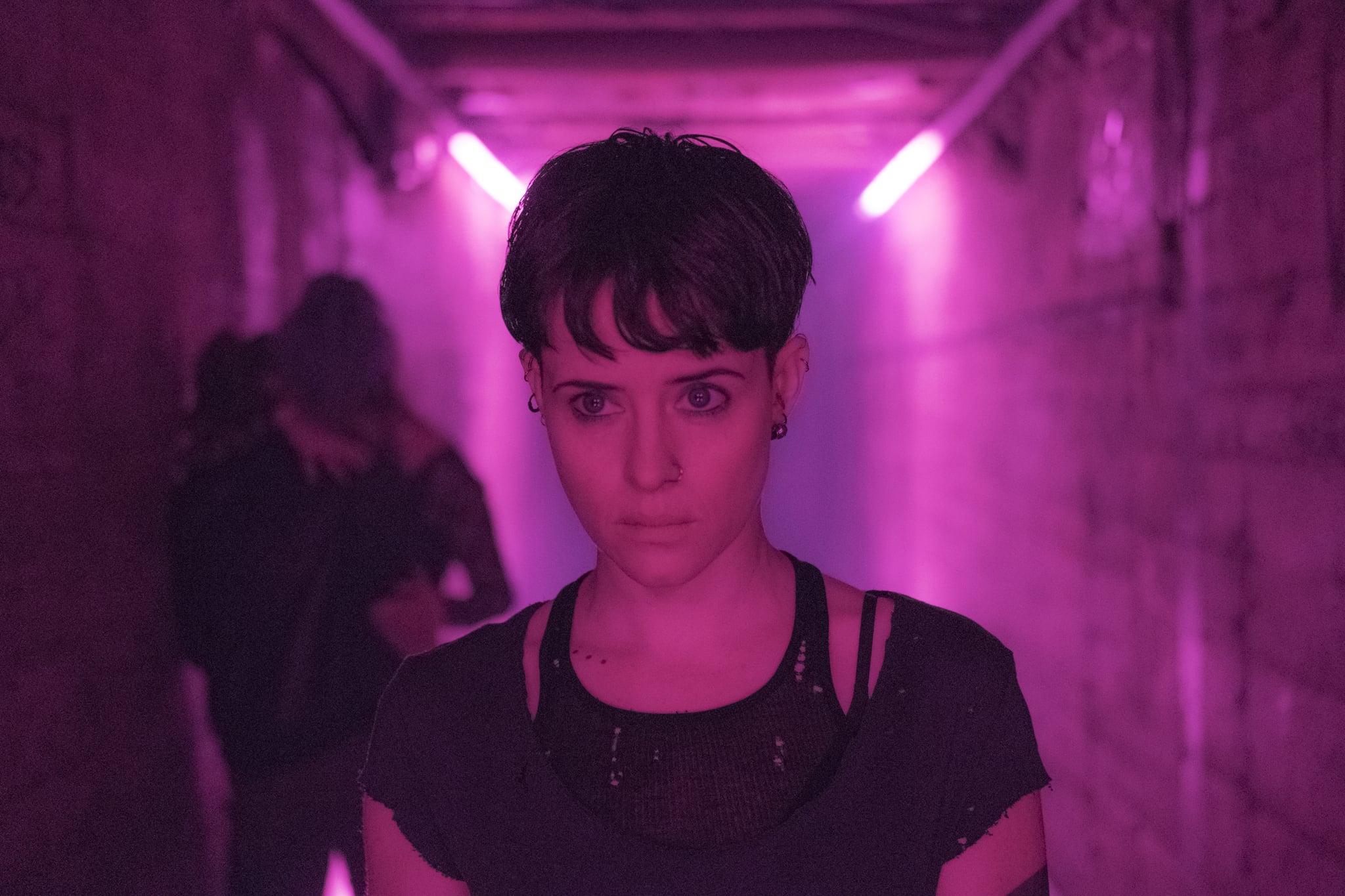Over the past decade, we’ve seen dozens of reboots hit the box office. However, many movie trilogies, such as “Planet of the Apes” and “Star Wars,” were made with the intention of stopping production after the three original films. In fact, not many people ask for reboots, nor do they want them.
Much the same can be said about the late Stieg Larsson’s “Millennium” series, which took flight with “The Girl with the Dragon Tattoo.” The film received high praise from critics and the Academy, and in return, got the nod for five Oscar nominations, including a best actress bid for Rooney Mara.
Despite the success of the first movie, Mara wasn’t able to reprise her role as Lisbeth Salander in “The Girl in the Spider’s Web,” the latest story in the series that released last week. This is because director Fede Álvarez wanted to have his own cast and didn’t want to the “The Girl in the Spider’s Web” to be known as just another film in the “Millennium” series. In the new film, Claire Foy took on the role as Lisbeth Salander and was anything but memorable.
In all fairness, the movie flopping wasn’t Foy’s fault; the script was a wounded animal from the get-go. Even though “The Girl in the Spider’s Web” was based off the Swedish book, the writers seemed unable to replicate what it was that made Salander a fan-favorite in the first place. In the books, she was defined by nothing: she was neither victim nor culprit, male nor female, delicate nor unbreakable. Because of her nebulous core characteristics, Hollywood had to pick a characterization and stick with it.
“The Girl in the Spider’s Web” portrayed Salander as another tough badass who didn’t care what anybody else thought. She had her own inhibitions during the film, but would have brief moments where her emotional stability became irrelevant.
This character type is very evident at the end of the film. Salander, on a cliff, is attempting to reunite with her twin sister Camilla, who is the leader of the crime group that Salander was trying to fight off. The sisters then relive a defining moment of their childhood: the day they both lost each other. After Camilla confronts Salander about leaving her, she realizes that she chose her father over Salander. Feeling remorseful, Camilla takes her own life in front of Salander by jumping off the cliff. As a coping mechanism, Salander sets their childhood home on fire to burn any traces of her or her family.
In addition to that fire, the film also featured a number of other explosions, falls, chases, chess games and even some dramatic coding scenes. All of these effects might be integral to an action movie, but the more a director relies on them, the less intriguing they become.
Although Álvarez typically directs horror films, the number of action scenes in “Spider’s Web” far surpassed the number a typical movie in the genre might have. And, in order to tie in his background in horror, the film adopted a darker tone, especially when Salander is reminded of her childhood. So, though Álvarez wanted to create a great tech-thriller, his insistence on pairing action scenes with a murky tone left the film feeling stuck between genres.
During an interview with the Flickering Myth, Álvarez emphasized that a movie can’t always be exactly the same as the book, but what should remain the same are the characters and their qualities.
https://www.youtube.com/watch?v=WdGDtFymGzU
Álvarez’s main goal of the film was to show that Salander is also a flawed human being and how she came to be so because of her childhood. He deviated a little bit from the text to share his message, and at the end of the day, fans still didn’t seemed satisfied.
As a result, “The Girl in the Spider’s Web” netted a paltry $7.8 million in its opening weekend, and hasn’t improved much since then. For comparison, the budget of the film was roughly $43 million.
Frankly, I think if the movie was released a few years ago, more people would want to see it. Indeed, there were plans for another “Millennium” story to be told after “The Girl with the Dragon Tattoo.” Director David Fincher helped plan the sequels and intended to release them back to back, and it was announced that the second story, “The Girl Who Played with Fire,” would be released in early 2013. However, they ultimately decided to cancel production on the sequels because the script deviated too much from the books.
“The Girl in the Spider’s Web” is actually the fourth book in the “Millennium” series. Larsson wrote the first three “Millennium” novels — “The Girl with the Dragon Tattoo,” “The Girl Who Played with Fire” and “The Girl Who Kicked the Hornets’ Nest” — but after Larsson passed, the Swedish publishing company Norstedts Förlag hired David Lagercrantz to continue the series. It was then Lagercrantz who wrote “The Girl in the Spider’s Web,” and he’s slated to work on its sequel, “The Girl Who Takes an Eye for an Eye.”
Because there is a book following “Spider’s Web,” there is potential that another movie could be in the works. Even though there is a likelihood that this might happen, let’s hope it doesn’t.










